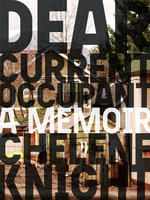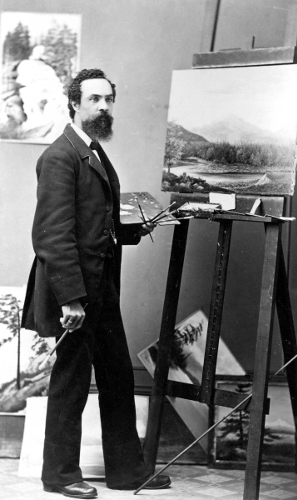How I Learned to Love My Natural HairPosted in Articles, Autobiography, Canada, Media Archive on 2019-07-30 20:15Z by Steven |
How I Learned to Love My Natural Hair
The Walrus
2019-07-30
I’ve spent thousands of dollars trying to turn my hair into anything but what it is: black and curly
“Beauty was not simply something to behold; it was something one could do.”
― Toni Morrison, The Bluest Eye
When I was fifteen years old, I remember going to one of the many hair salons inside what was then called the Metrotown Centre mall, located in Burnaby, British Columbia. I wanted somebody to fix my amateur, home-dyed, white-blond hair. I’ll never forget the way the stylist looked me up and down like she was assessing the situation, assessing the damage. She paused for a millisecond with her white hand on her hip before blurting out that they couldn’t “do my kind of hair” at this salon and that I might want to try something across the street. Before she even said which salon, I assumed she meant I should go to Abantu, a salon that specialized in braids, weaves, and fades—or, as the stylist put it, “the Black salon.”
I froze. Shouldn’t I be able to go to any salon I wanted? Why was she trying to make this choice for me? My reaction in that moment consisted of a blank stare, disappointment, and confusion. At first, I assumed she was reluctant to fix my homemade hair mistake because maybe it was unfixable. But that didn’t make sense. Her words cut deep. When she said, “My kind of hair,” it was the word kind that punched me in the stomach. My thoughts raced. I never heard of someone turning away a customer—a paying customer—for not having the right type of hair. I decided that I wasn’t going to take no for an answer…
Read the entire article here.








